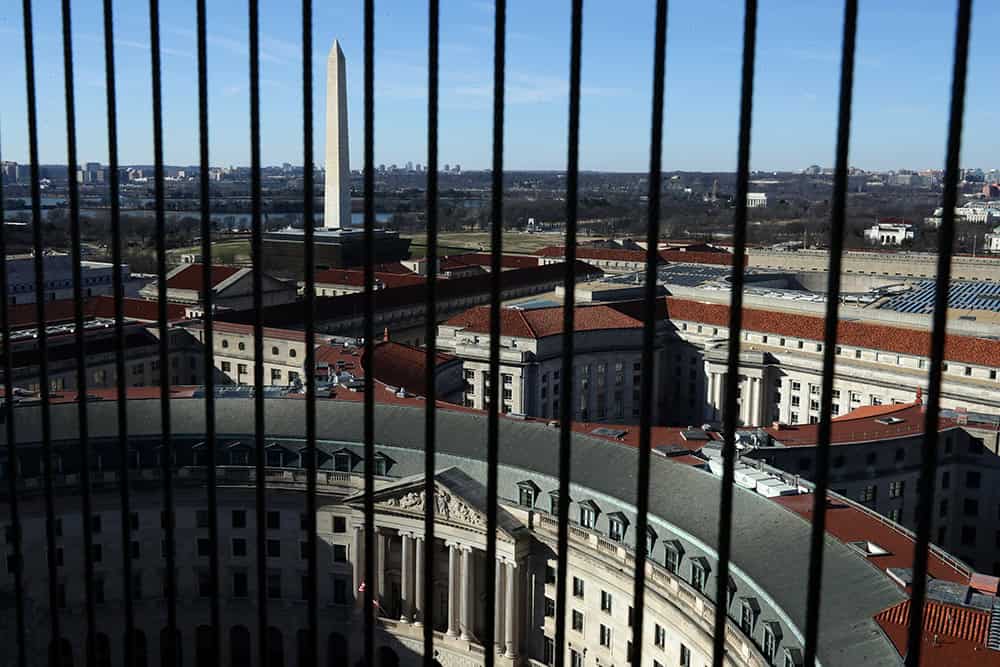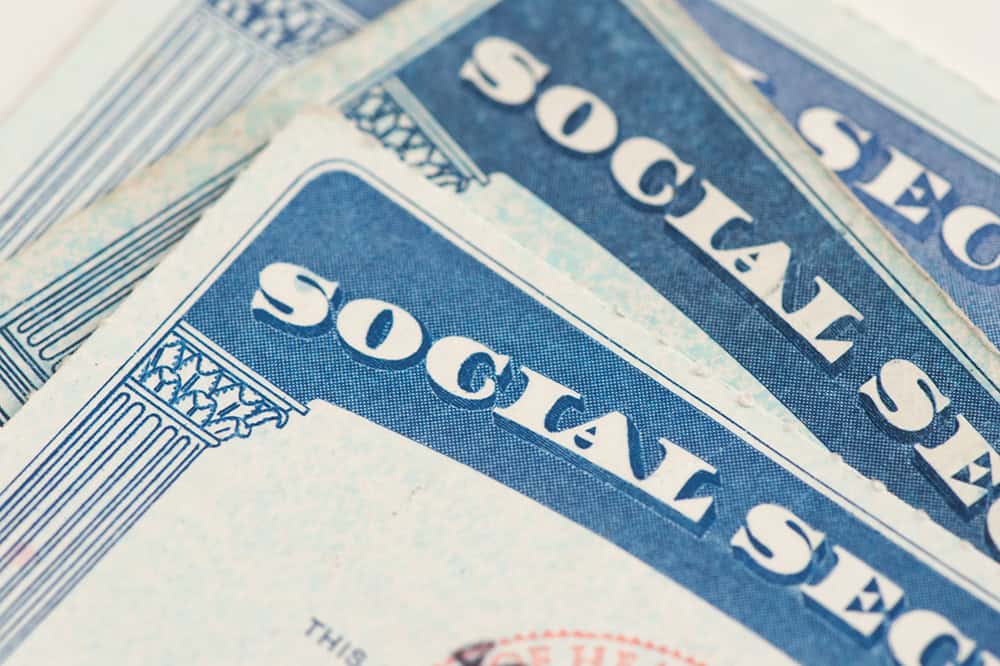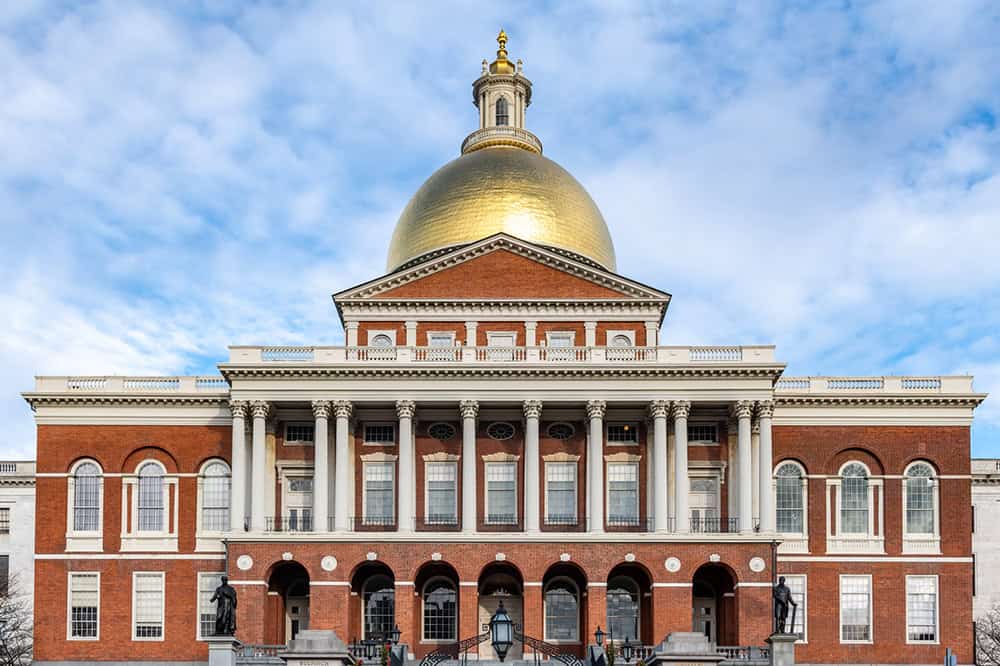Quiz: How Much Do You Know About the Federal Budget?
A strong fiscal outlook is an essential foundation for a growing, thriving economy. Take our quiz to see how much you really know about the federal budget.
Read MoreWhat Is SNAP? An Overview of the Largest Federal Anti-Hunger Program
SNAP has a positive effect on poverty and food insecurity, with a relatively small effect on the federal budget.
Read MoreFour Reasons Why a Government Shutdown Is Harmful
It may be counterintuitive, but government shutdowns are expensive. They are also bad for the economy.
Read MoreShould We Eliminate the Social Security Tax Cap?
There have been a number of proposals to increase, eliminate, or otherwise adjust the payroll tax cap as a way to shore up Social Security’s finances.
Read MoreNo Taxes on Tips Will Drive Deficits Higher
Here’s how this new, temporary deduction will affect federal revenues, budget deficits, and tax equity.
Read MoreThree Reasons Why Assuming Sustained 3% Growth is a Budget Gimmick
GDP growth of 3 percent is significantly higher than independent, nonpartisan estimates and historically difficult to achieve.
Read MoreHow Does the U.S. Healthcare System Compare to Other Countries?
Despite higher healthcare spending, America’s health outcomes are not any better than those in other developed countries.
Read MoreSix Charts That Show Why Corporate Tax Revenues are Low in the U.S. Right Now
Compared to historical trends and other advanced economies, corporate tax revenues in the United States are low.
Read MoreThe U.S. Corporate Tax System Explained
Revenues raised by the corporate income tax represent the third-largest category of federal revenues in the United States.
Read MoreHow Much Funding Do State and Local Governments Receive from Federal Government?
Over the last four decades, federal grants to state and local governments have made up about 17 percent of their total revenues.
Read More








